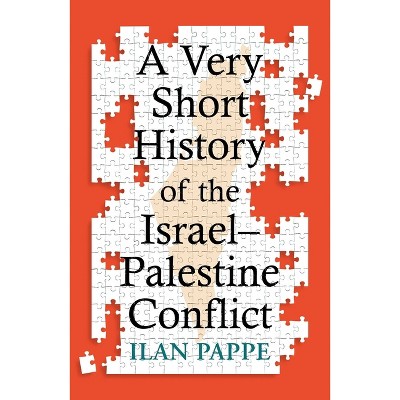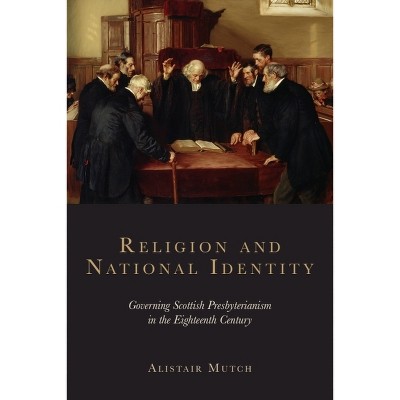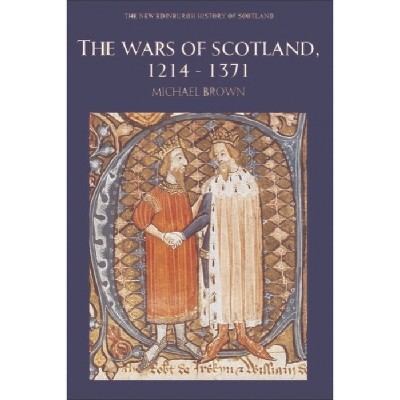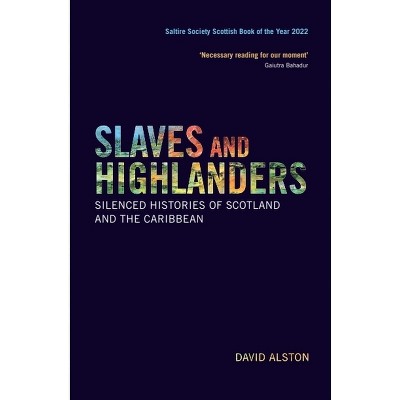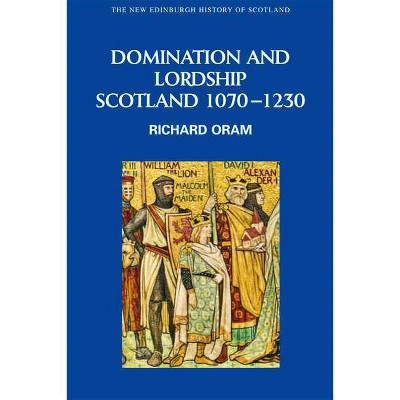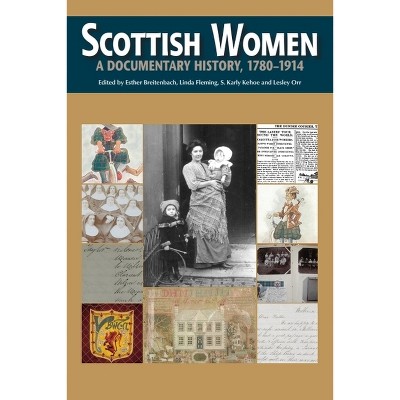Sponsored

No Stone Unturned - by Robert A Dodgshon (Paperback)
Pre-order
Sponsored
About this item
Highlights
- A survey of how Highland society organised its farming communities, exploited its resource base and interacted with its environment from prehistory to 1914There has long been a view that the farming communities to be found in the Highlands prior to the Clearances were archaic forms.
- Author(s): Robert A Dodgshon
- 304 Pages
- History, Europe
Description
About the Book
A survey of how Highland society organised its farming communities, exploited its resource base and interacted with its environment from prehistory to 1914Book Synopsis
A survey of how Highland society organised its farming communities, exploited its resource base and interacted with its environment from prehistory to 1914
There has long been a view that the farming communities to be found in the Highlands prior to the Clearances were archaic forms. The way in which they were organised, the way in which they farmed the land and the technologies which they employed were all seen as taking shape during prehistory and then surviving relatively unchanged. Such a view first emerged first during the late nineteenth century and found repeated expression through a number of studies thereafter. However, its entrenchment in the literature was despite the fact that many ongoing studies have highlighted aspects of how the region changed from prehistory onwards. This study confronts this conflict over the question of continuity/discontinuity debate through an analysis of the cultural landscape. Starting with prehistory, it examines the way in which the farming community was organised: its institutional basis, its strategies of resource use and how these impacted on landscape, and the way in which it interacted with the challenges of its environment. It carries these themes forward through the medieval and early modern periods, rounding off the discussion with a substantive review of the gradual spread of commercial sheep farming and the emergence of the crofting townships over the eighteenth and nineteenth centuries. Throughout, it draws out what changed and what was carried forward from each period so that we have a better understanding of the region's dynamic history, as opposed to the ahistorical views that inevitably flow from a stress on cultural inertia.
Review Quotes
A welcome addition to the secondary literature approaching Highland and Island history from an original perspective by bringing together archaeological and historical research and by adopting a broad time frame which ranges from the prehistoric period to the early nineteenth century.'--James P. Bowen, University of Liverpool "Landscape History"
This is a scholarly tour de force, informed by a lifetime of original research and critical reading. The notion of a traditional Highland agrarian system surviving unchanged from the Iron Age until the eighteenth century is simply blown out of the water.-- "Chris Smout, Institute for Environmental History, University of St Andrews"
Shipping details
Return details
Frequently bought together

Trending Non-Fiction







